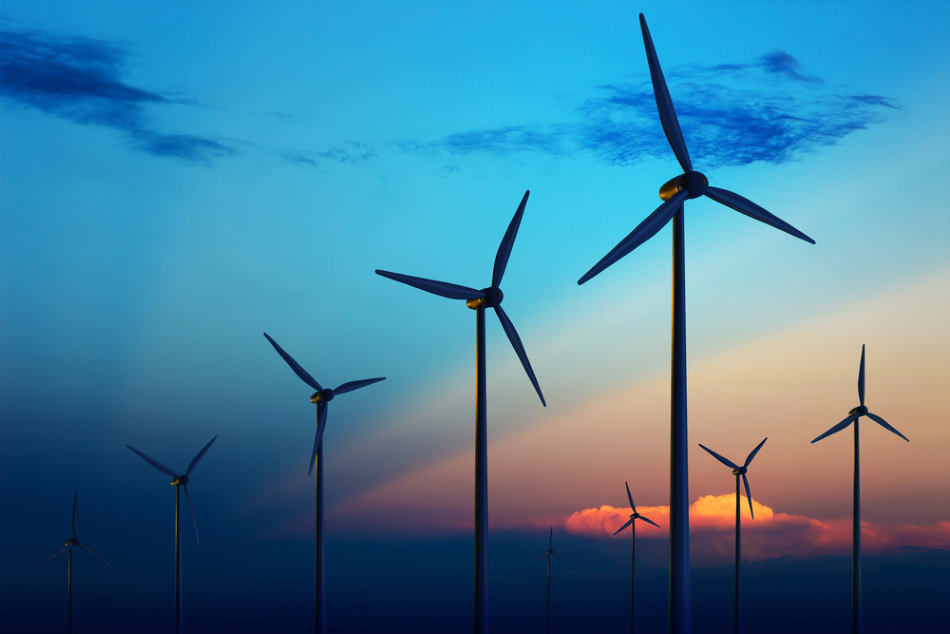Oct 9 2014

Image Credit: Johan Swanepoel/Shutterstock.com
Article updated on 21/01/20 by Ben Pilkington
The large-scale generation and use of wind energy have been made possible due to significant advances in technology and design in recent years. Wind turbines are environment-friendly structures that convert the wind’s kinetic energy into electrical power. They are broadly classified into vertical and horizontal wind turbines.
Vertical Wind Turbines
Throughout human history, wind energy has been harnessed for small-scale applications such as pumping water from wells or operating grain and textile mills. Today, wind energy can be converted into electricity, and the costs of producing wind energy have reduced by 80% since the last century. Now, wind energy is considered the cheapest type of renewable energy available.
Vertical wind turbines comprise a main rotor shaft on a vertical axis with the other key parts at the base of the turbine. The blades on this type of wind turbine look more like poles on a carousel than spokes on a wheel. It is ideal for urban residential energy production.
There are three main models of vertical wind turbines: the Savonius rotor model, which resembles a drum; the Darrieus or giro mill model, which resembles an egg beater; and the more recent Gorlov helical model, which resembles a DNA strand and was based on the Darrieus model.
The Advantages of Vertical Wind Turbines
Apart from the obvious advantage of lowering energy bills, other advantages of choosing vertical wind turbines include:
- They are stronger, smaller, quieter, more economical, and omnidirectional in comparison to horizontal-axis wind turbines.
- They can be arranged close to each other (unlike horizontal turbines), thereby saving more space.
- They do not cause as much mechanical stress on the support structure.
- They do not require high winds for generating power, thus they can be placed closer to the ground.
- As they are closer to the ground and their design allows for mechanical elements to be situated at their base, they can be easily maintained, are less likely to kill birds, and do not obstruct helicopter operations or radar.
- Their noise levels are very low. Horizontal wind turbines are recorded at about 95 dB at ground level 10 m from the tower, while vertical wind turbines are recorded at just 38 dB from the same distance.
Application Areas of Vertical Wind Turbines
Vertical wind turbines can be applied in the following areas:
- For charging batteries for auxiliary power used in boats or caravans
- For powering traffic warning signs
- All types of buildings – schools, offices, resorts, residential units, and museums
The Future of Vertical Wind Turbines
Vertical wind turbine development is still in its infancy. More research will be required to address the shortcomings of vertical turbines such as fatigue in blades, stalling due to gusty winds, and possessing very low starting torque.
References and Further Reading